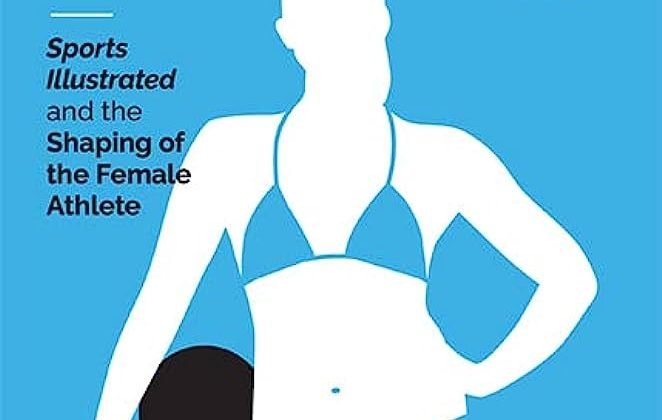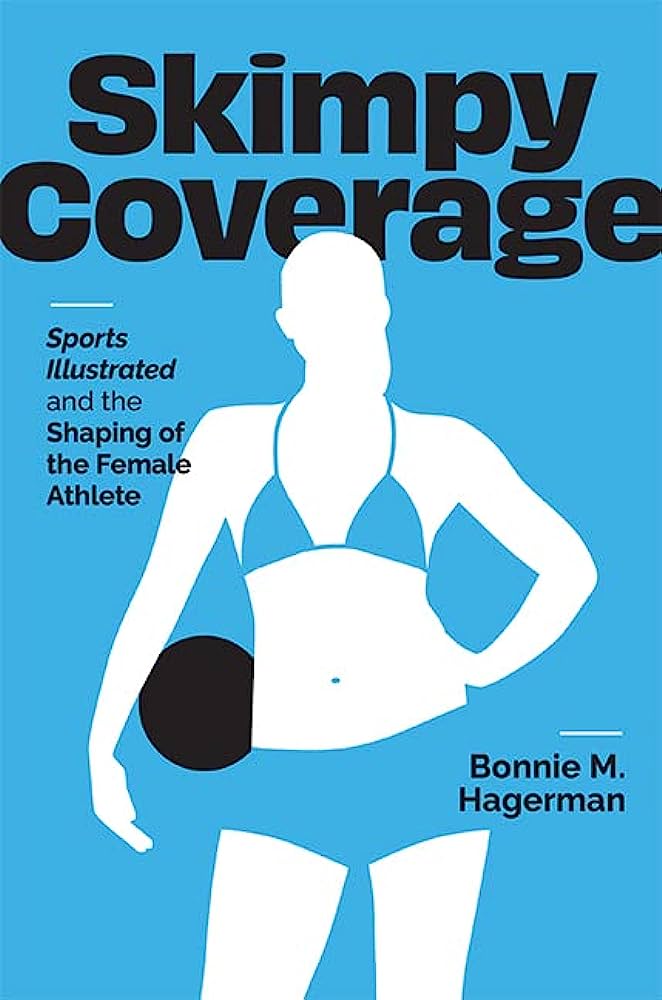

Bonnie Hagerman is Assistant Professor of Women, Gender, and Sexuality and Director of the Department’s Undergraduate Programs at the University of Virginia. This interview is based on her new book, Skimpy Coverage: Sports Illustrated and the Shaping of the Female Athlete (University of Virginia Press, 2023).
JF: What led you to write Skimpy Coverage?
BH: I have been an athlete all of my life and an unwitting recipient of Title IX’s benefits. When my competitive career concluded and graduate studies beckoned, a focus on gender and sport was both natural and compelling. My decision to use Sports Illustrated as a lens was also a natural one. As a kid, issues of Sports Illustrated littered our den coffee table and were popular reading material in our sports-playing household. I knew that female athletes were underrepresented in Sports Illustrated, both in terms of the number of stories and the length of those stories, but I was curious about the female athletes SI did choose to cover.
JF: In 2 sentences, what is the argument of Skimpy Coverage?
BH: Skimpy Coverage: Sports Illustrated and the Shaping of the Female Athlete argues that throughout SI’s decades-long history and dominant publishing performance, the magazine has conflated prevailing notions about swimsuit models and sportswomen, thereby constructing an image of the female athlete via the stories the magazine covered—and those it left unexplored. In presuming to set the sports agenda, Sports Illustrated thus provides a valuable lens for analyzing and assessing a history of female athletes.
JF: Why do we need to read Skimpy Coverage?
BH: The simple fact is that Sports Illustrated, as the leading sports weekly in the nation, has contributed to the real-life rendering—and consistent selling—of the female athlete. If Sports Illustrated has set the sports agenda for the last six decades, or even just believes that it has, it is worth considering the place that sportswomen have occupied in its pages. Of particular note is the amount and type of attention they commanded, especially in comparison with what swimsuit models enjoyed, and how that affects perceptions of the Sports Illustrated woman.
JF: Why and when did you become an American historian?
BH: I’ve always loved history. After college, I taught high school history for five years before going to graduate school with the plan of getting a Master’s and then returning to the high school classroom. That plan ultimately morphed into a Ph.D. (Ohio University, 2001) and I shifted to teaching at the collegiate level in 2008. It is both a pleasure and a privilege to be able to teach courses on history, gender, and sport to students at the University of Virginia.
JF: What is your next project?
BH: In my new book project, A Pair of Queens: Helen Wills Moody, Glenna Collett Vare and The Golden Age of Sport, I make the argument that there is no “Golden Age of Sport” during the 1920s without the achievements of female athletes in general, and those of tennis player Helen Wills and golfer Glenna Collett in particular. Their careers are critical for understanding how women contributed to the athletic gilt and glamour of the 1920s and how in significant ways they helped elevate sport as an art form and a pastime. Perhaps most important are the ways in which sportswriters of the time, including the legendary Grantland Rice, depicted Wills and Collett as strong, capable sportswomen. There are some important lessons for 21st-century sportswomen, media, and fans—especially those who insist that women’s sports are not as compelling as men’s.
JF: Thanks, Bonnie!